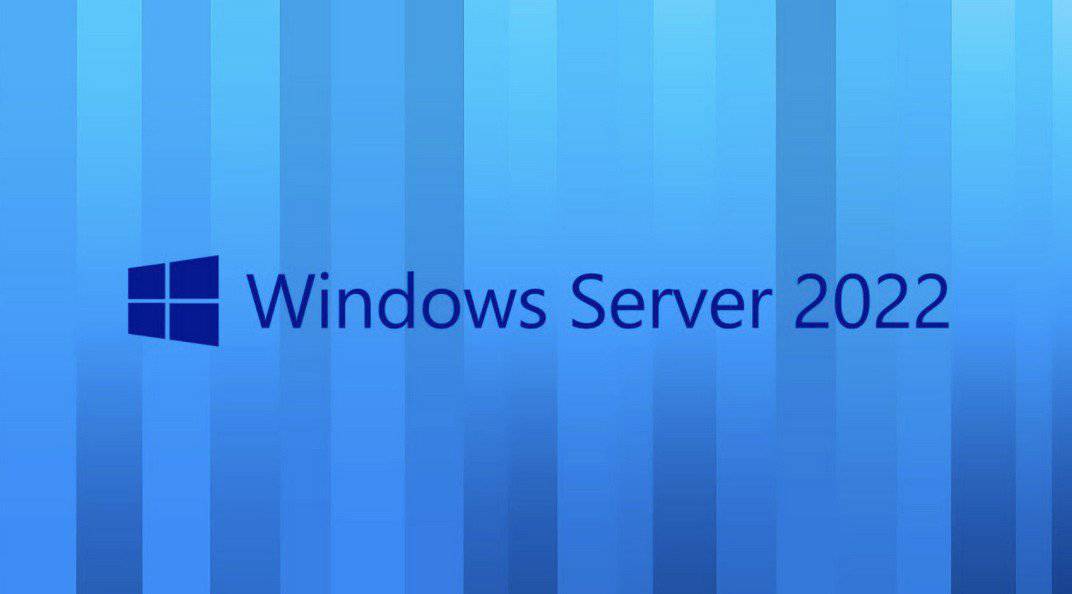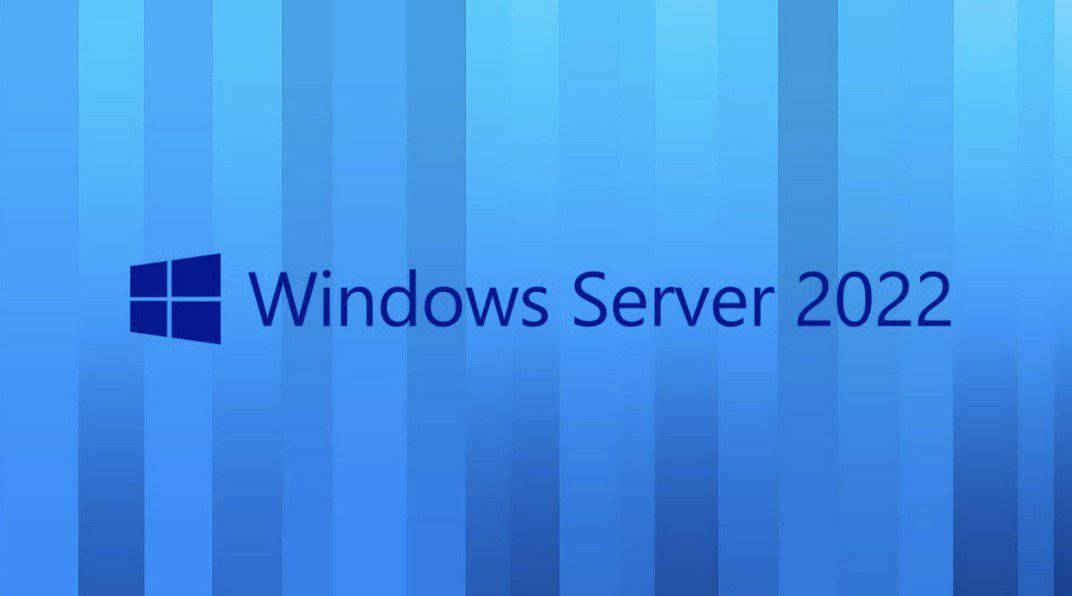
21 Mar Next-Gen Solutions: What’s New in Windows Server 2022
Microsoft regularly releases new versions of the popular server operating system — Windows Server. In 2021, the latest update was released, which brought numerous enhancements in terms of performance, security, and integration with Azure cloud services. The new OS has become even more reliable, secure, and compatible with hybrid cloud environments. In this article, you will learn about all the innovations that Windows Server 2022 brings.
Table of Contents
Enhanced Security
Security has always been a critically important aspect of server operating systems. Therefore, Microsoft Corporation traditionally pays increased attention to security in new versions of Windows Server.
Hence, the release of 2022 was no exception — it incorporates a whole set of new next-generation security technologies. Let’s take a closer look at the key ones.
- The concept of Secure Server Core is at the hardware level. This technology allows for verifying the integrity and trustworthiness of the entire Windows boot stack, from the processor and platform to the device firmware and drivers. This significantly complicates attacks such as denial of service and infection at the lowest levels. Additionally, critical data and operations are isolated from the main operating system through virtualization, ensuring their protection even in the case of complete penetration by attackers into the OS.
- The flagship Windows Defender has received additional heuristic machine learning methods to detect the latest cyber threats, including zero-day attacks.
- Network traffic protection. Windows Server 2022 includes SMB encryption by default for secure file transfers. The latest TLS 1.3 protocol is supported, significantly complicating traffic interception and tampering. DNS clients can also be configured for encrypted requests via HTTPS to prevent man-in-the-middle attacks. Network stack upgrades accelerate connections and reduce data exchange delays.
Overall, in terms of security, Windows Server 2022 demonstrates full readiness to counter the most modern cyber threats. The comprehensive approach combines both traditional Microsoft security measures and innovative solutions in trusted boot and virtualization isolation.
Azure Hybrid Capabilities
If you actively use Azure cloud services, then Windows Server 2022 will be a real find for you. The OS introduces Azure Arc support, allowing you to manage local servers from the cloud, like Azure virtual machines.
For example, you can deploy security policies, monitor events, and receive infrastructure reports in a unified Azure Monitor dashboard. You can also apply updates to servers without the need for restarts using Azure’s hot patching technology.
What’s more, the data migration mechanism to the cloud has been updated. With the Azure Storage Migration service, you can quickly and securely move files from local storage to the cloud. The migration process has become easier to set up and manage.
In general, hybrid cloud capabilities in Windows Server 2022 reach a new level. The OS provides comprehensive tools for smoothly transitioning a company’s infrastructure to the cloud while retaining local servers and data.
Application Improvements
In addition to security and cloud orientation, Windows Server 2022 focuses on extended support for modern applications and virtualization technologies.
The OS includes built-in container support, simplifying the deployment and scaling of web services or microservices architectures for developers. Support for Kubernetes cluster orchestrator has also been strengthened.
Thanks to enhancements in the Hyper-V hypervisor and virtualization platform, high-performance virtual machines can be run without worrying about reducing the speed of the physical server.
Also, the ability to migrate VMs between cluster nodes “on the fly” has been introduced, without the need for shutdowns. This allows flexible load distribution and server maintenance without interrupting the operation of critical systems.
Developers will also be interested in support for deploying containers with complex internal topologies and dependencies. For example, in one container, you can combine a web server, a database, message queues, and other application components.
What’s Removed in the New Version
In addition to innovations, Windows Server 2022 has discontinued support for some rarely used features.
Among them is the iSNS service for SAN storage management, as well as the Guarded Fabric and Shielded VMs components for additional protection of virtual machines. Security policies for them can no longer be configured, although the technologies themselves are still supported for backward compatibility.
It is also no longer possible to run the sconfig utility via the command line — it can only be called from the PowerShell console. And the use of the deprecated WDS deployment mechanism is completely blocked in favor of the more modern Windows Autopilot.
Time to Update
Windows Server 2022 is a significant leap forward compared to Windows Server 2019 and earlier releases. The OS has become even more secure, performant, and better integrated with the Azure hybrid cloud.

So if you haven’t updated your servers to the latest version yet, it’s time to do so. This allows you to benefit from the latest Microsoft technologies in data protection, virtualization, and cloud computing.
It’s worth noting that mainstream support for Windows Server 2019 ends in January 2024. This means that security updates and new features will gradually stop being released for it. So transitioning to Windows Server 2022 will extend the life cycle of servers for at least another 5 years.



No Comments